26 Simple Strength Habits That Slow Aging After 50
Aging isn’t about fading—it’s about fortifying. After 50, strength becomes more than a fitness goal—it’s your secret weapon for staying independent, energetic, and fully alive. Forget the myths of slowing down or “taking it easy.” Real vitality comes from simple, sustainable habits that keep your muscles engaged, your posture proud, and your confidence unshakable. That’s why we’ve expanded our guide to 26 Simple Strength Habits That Slow Aging After 50—practical, science-backed moves that fit into your real life, not a gym schedule. These aren’t intense workouts or trendy fads. They’re small but powerful shifts you can make daily to preserve muscle, protect your joints, and keep your body sharp for the long haul. Whether you’re just getting started or refining what already works, this list is your blueprint for aging with intention and strength. Because growing older doesn’t mean giving in—it means powering up, one strong habit at a time.
1. The Power of Consistent Resistance Training

Resistance training is a cornerstone of maintaining strength and muscle mass as we age. After 50, muscle loss accelerates, potentially leading to decreased mobility and increased risk of falls. Incorporating resistance training into your routine can counteract these effects, preserving muscle strength and enhancing bone density. This doesn't mean you need to lift heavy weights; even bodyweight exercises like squats, lunges, and push-ups can be highly effective. Consistency is key. Aim for at least two to three sessions per week, focusing on all major muscle groups. Resistance training not only strengthens muscles but also improves metabolic health, reduces the risk of chronic diseases, and boosts mental well-being. By committing to this habit, you're investing in a stronger, healthier future.
2. Flexibility and Balance: The Unsung Heroes
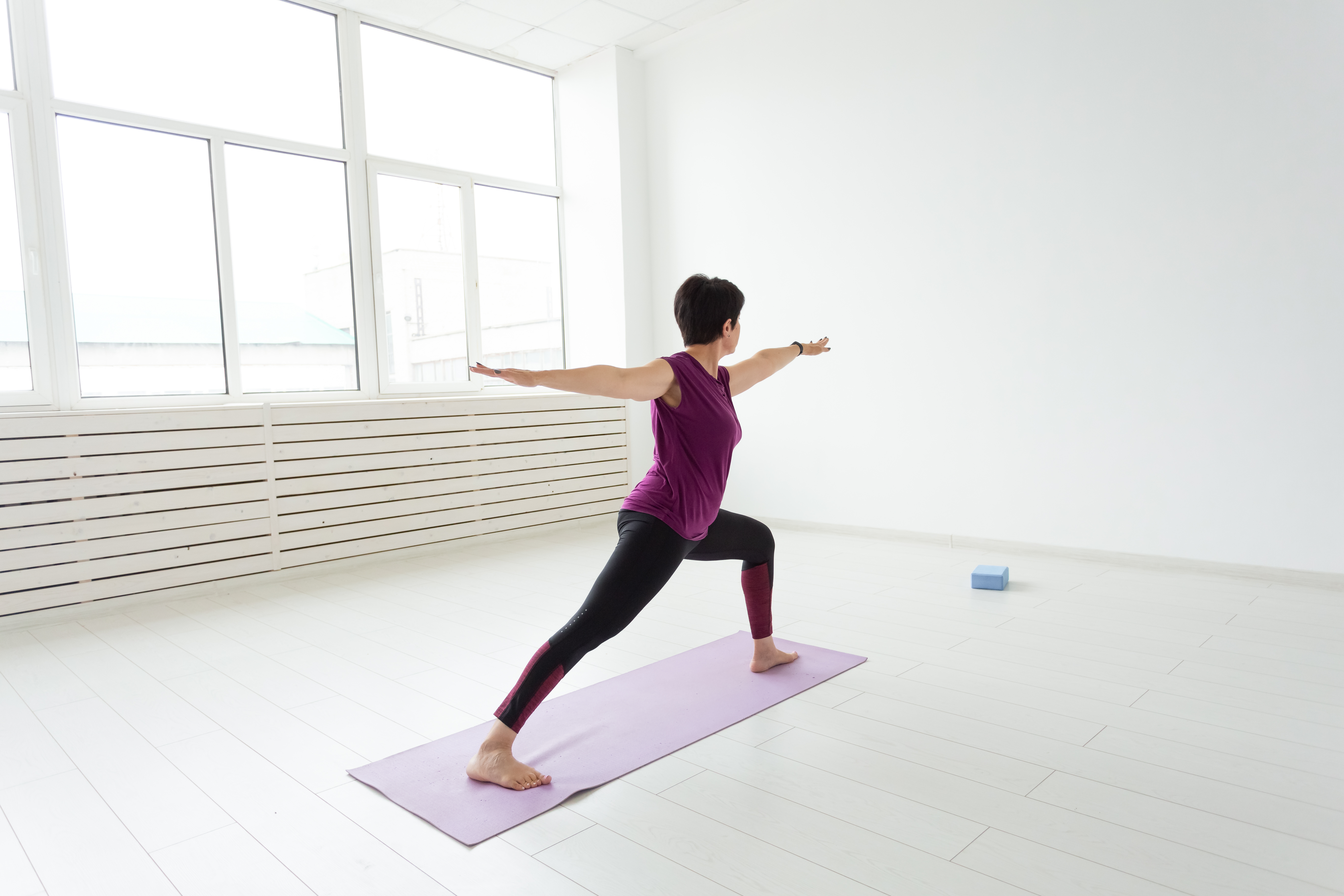
While strength is crucial, flexibility and balance are equally important in the aging process. As we age, our muscles and joints naturally become less pliable, increasing the risk of injury. Incorporating activities like yoga or tai chi can significantly enhance flexibility and balance, reducing the likelihood of falls and improving coordination. These practices also offer mental health benefits, such as stress reduction and improved focus. Flexibility exercises should be performed regularly, ideally every day, to maintain joint health and prevent stiffness. Balance exercises, such as standing on one leg or heel-to-toe walking, can be easily integrated into daily routines. By prioritizing flexibility and balance, you create a foundation for a more agile and resilient body.
3. The Role of Nutrition in Strength Maintenance
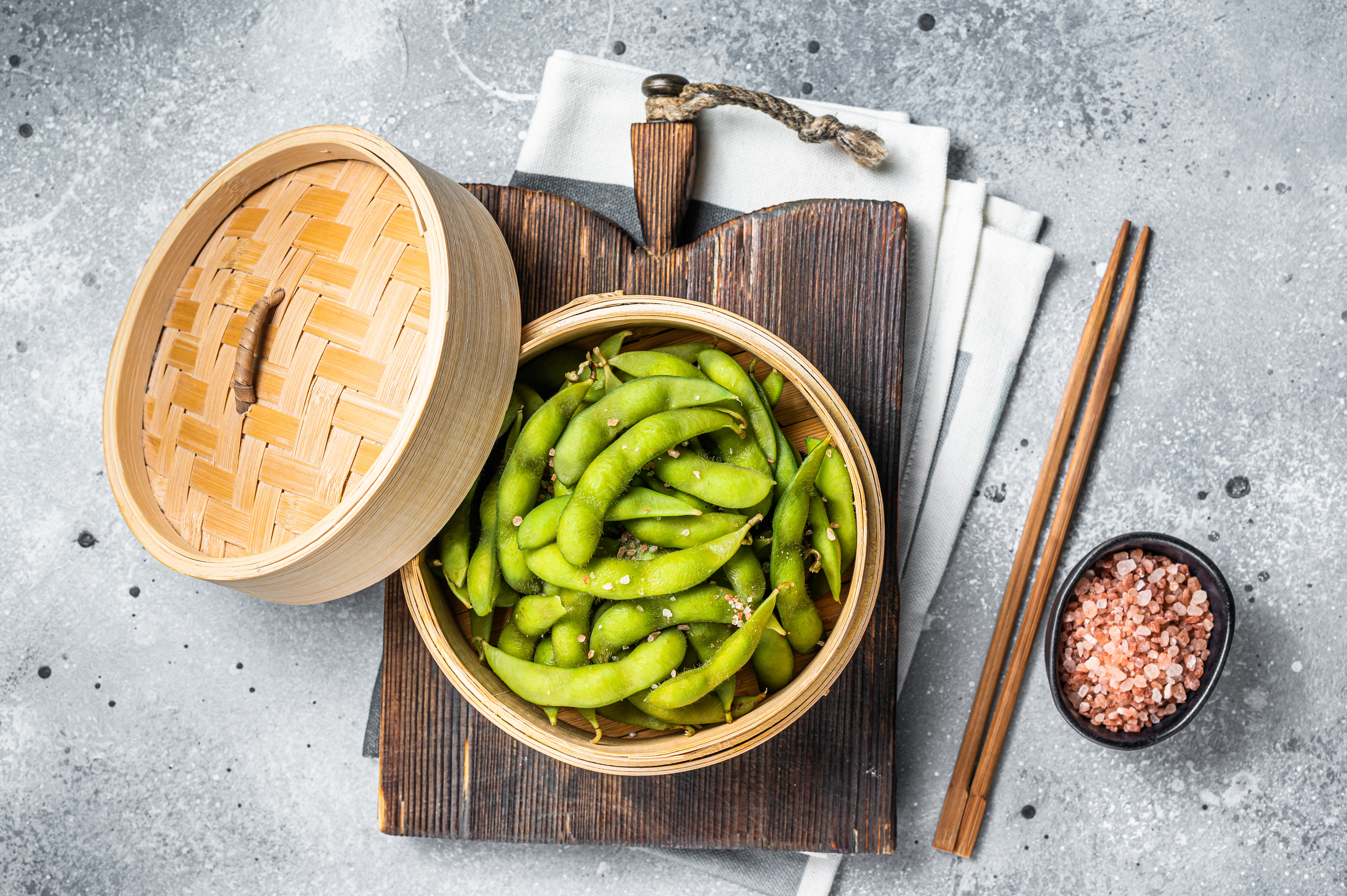
Nutrition plays a pivotal role in maintaining strength and vitality as we age. A balanced diet rich in protein, healthy fats, and essential nutrients supports muscle maintenance and overall health. Protein is particularly important for muscle repair and growth, and older adults often require higher protein intake to counteract muscle loss. Incorporate lean proteins like chicken, fish, beans, and legumes into your meals. Additionally, ensure you're getting enough calcium and vitamin D to support bone health. Hydration is also crucial, as dehydration can affect muscle function and cognitive performance. By adopting a nutrient-rich diet, you provide your body with the fuel it needs to thrive and maintain strength.
4. The Importance of Rest and Recovery
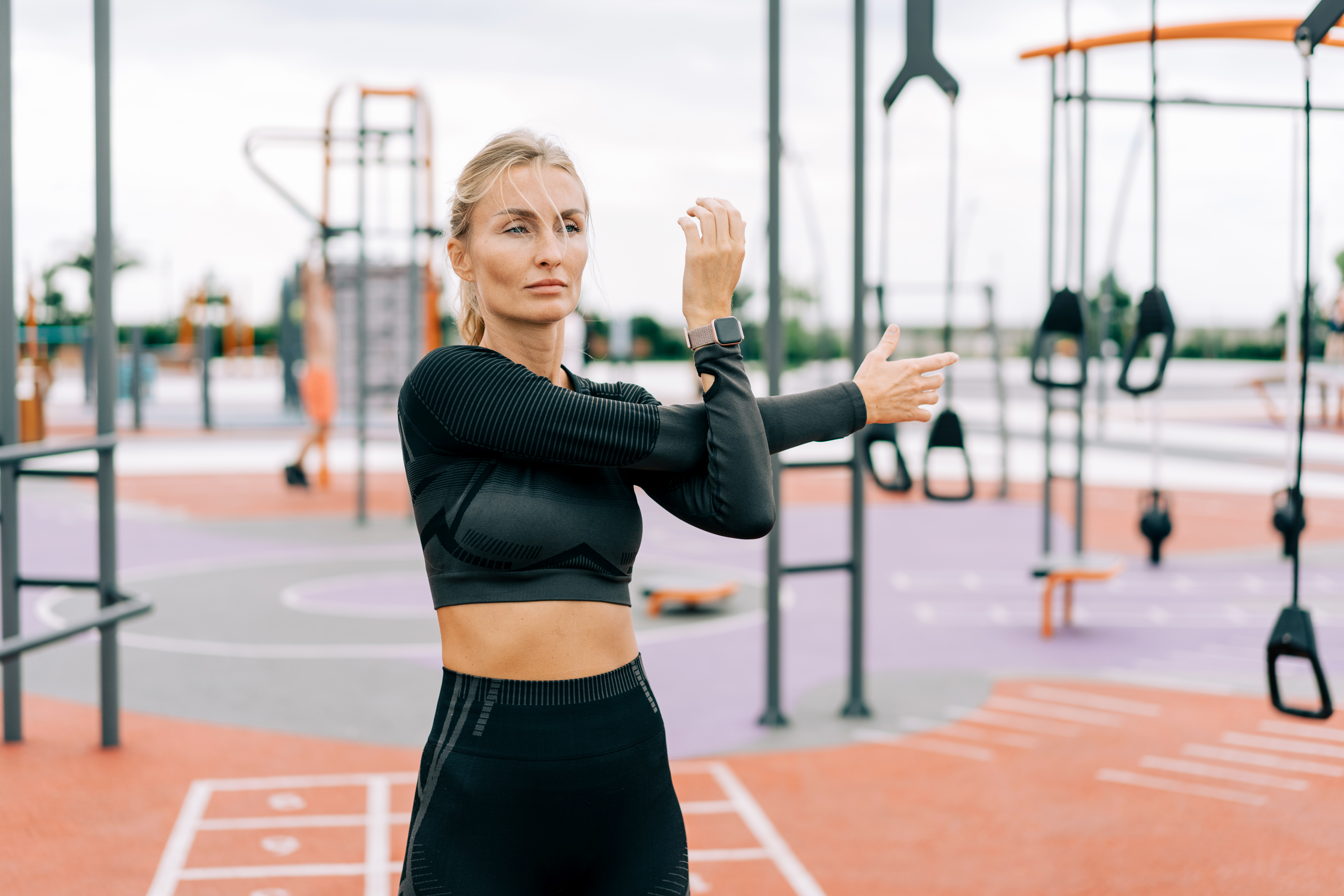
In the pursuit of strength and fitness, rest and recovery are often overlooked. However, they are essential components of any exercise regimen, especially as we age. During rest periods, the body repairs and strengthens itself, reducing the risk of injury and enhancing performance. Ensure you get adequate sleep each night, as this is when the body undergoes critical repair processes. Additionally, incorporate rest days into your exercise routine to allow muscles to recover. Techniques such as foam rolling, stretching, and massage can aid recovery and reduce muscle soreness. By prioritizing rest and recovery, you enhance your body's ability to build strength and maintain energy levels.
5. Mindful Movement: Enhancing Body Awareness
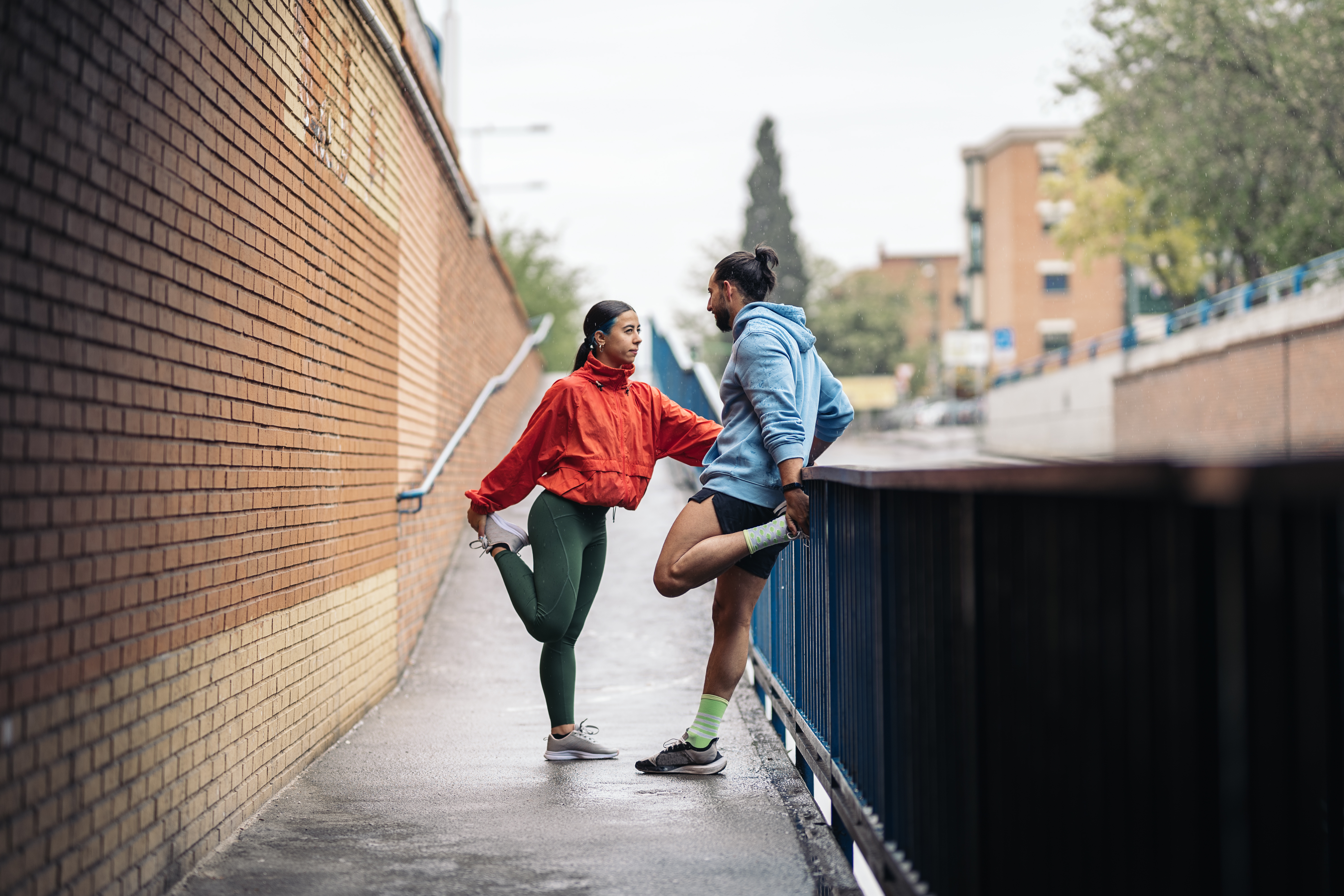
Mindful movement involves being fully present during physical activity, enhancing body awareness and improving movement quality. Practices such as Pilates or mindful walking encourage you to focus on alignment, breathing, and muscle engagement. This heightened awareness can lead to better form, reducing the risk of injury and maximizing the benefits of exercise. Mindful movement also fosters a deeper connection between mind and body, promoting relaxation and reducing stress. By integrating mindfulness into your physical activities, you cultivate a more intentional and effective approach to exercise, supporting both physical and mental health as you age.
6. Social Connections: Strength in Community
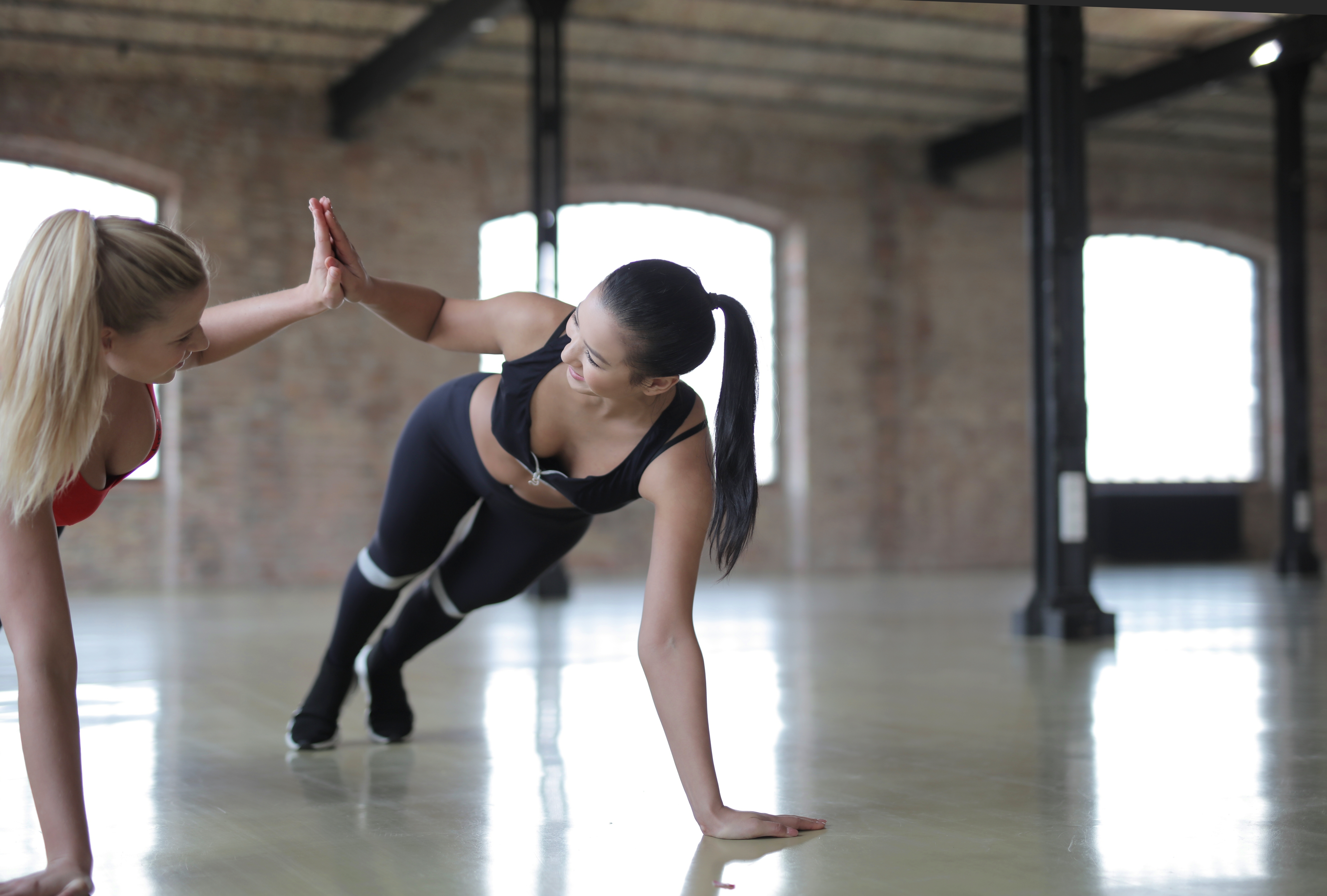
Human beings are inherently social creatures, and maintaining strong social connections is vital for mental and physical health, particularly as we age. Engaging in group activities, such as fitness classes or walking clubs, provides a sense of community and accountability. Social interactions can reduce feelings of loneliness and depression, which are common in older adults. Additionally, sharing experiences and challenges with others can motivate you to stay committed to your strength habits. Building a supportive network of friends and family enriches your life and provides emotional resilience, contributing to graceful aging.
7. The Mind-Muscle Connection: Enhancing Strength Gains

The mind-muscle connection is a powerful tool for optimizing strength training. By consciously focusing on the muscle group you're working, you can improve muscle activation and enhance strength gains. This mental focus can lead to more effective workouts, as you're better able to control movements and engage muscles fully. Visualization techniques, such as imagining the muscle contracting, can further enhance this connection. The mind-muscle connection also promotes mindfulness, helping you stay present and engaged during exercise. By harnessing this connection, you can elevate your strength training routine and achieve better results.
8. Adaptability: Embracing Change and Challenges

As we age, our bodies and circumstances change, requiring us to adapt our approach to fitness and strength. Embracing adaptability allows you to modify your exercise routine to suit your current abilities and goals. This might involve trying new activities, adjusting intensity levels, or incorporating different equipment. Adaptability also involves listening to your body and recognizing when to push harder or when to rest. By remaining open to change and willing to experiment with new strategies, you maintain a dynamic and effective approach to aging gracefully, ensuring continued progress and enjoyment.
9. The Psychological Benefits of Strength Training
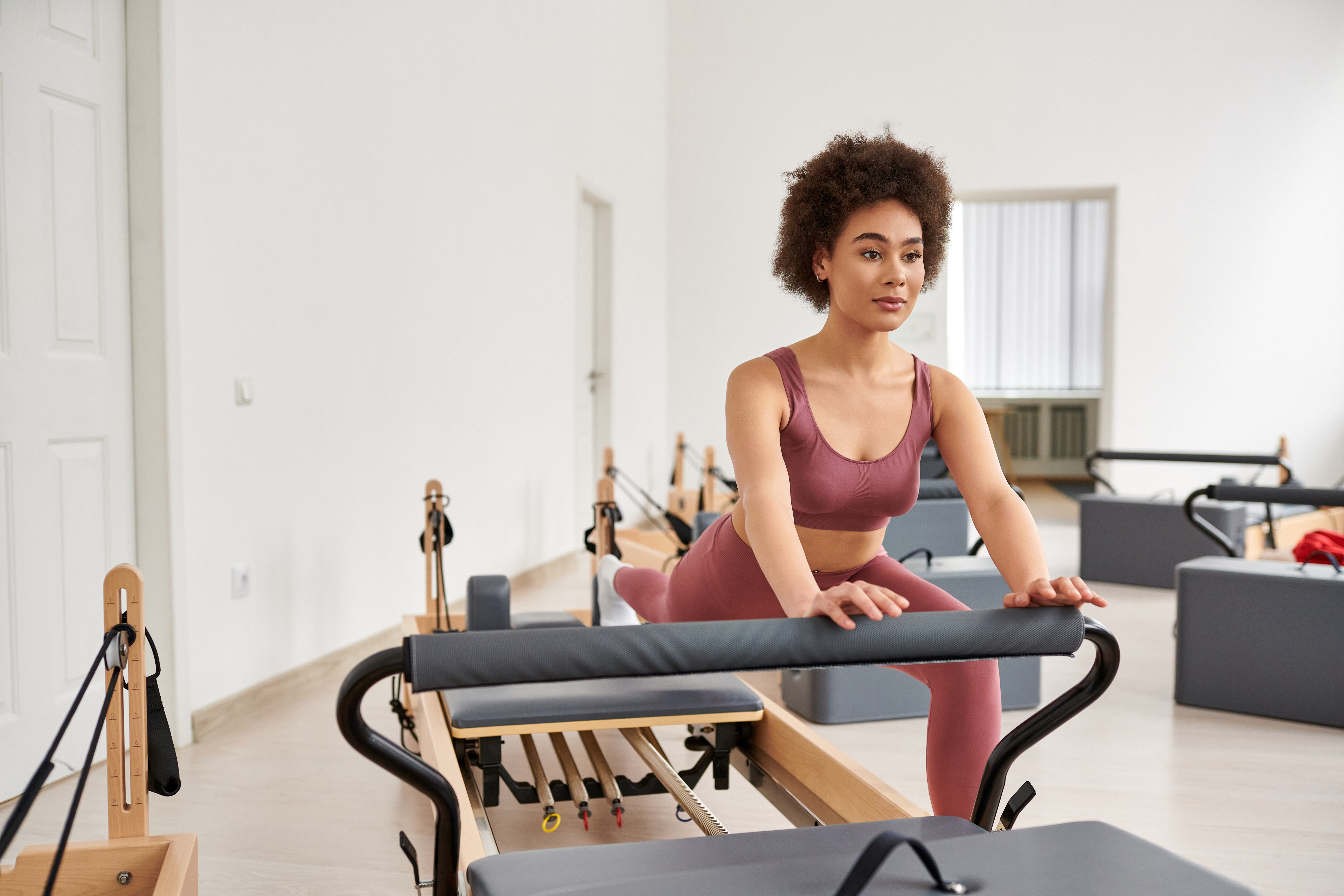
Strength training offers numerous psychological benefits that contribute to graceful aging. Regular exercise has been shown to reduce symptoms of anxiety and depression, improve mood, and enhance cognitive function. The sense of accomplishment from reaching fitness goals can boost self-esteem and confidence. Additionally, strength training provides a structured routine, offering a sense of purpose and motivation. Engaging in physical activity also promotes the release of endorphins, the body's natural mood elevators. By embracing strength training, you not only enhance your physical health but also nurture your mental well-being, creating a holistic approach to aging.
10. Setting Realistic Goals: The Path to Success

Setting realistic and achievable goals is crucial for maintaining motivation and progress in your strength journey. Goals provide direction and focus, helping you stay committed to your habits. Start by identifying specific, measurable, and time-bound objectives that align with your personal values and priorities. Break larger goals into smaller, manageable steps to prevent overwhelm and celebrate each milestone along the way. Regularly reassess and adjust your goals as needed, ensuring they remain relevant and challenging. By setting and pursuing realistic goals, you create a roadmap for success, empowering you to age gracefully and confidently.
11. The Role of Technology in Supporting Strength Habits

In today's digital age, technology can be a valuable ally in maintaining strength and fitness. Wearable devices, fitness apps, and online platforms offer tools for tracking progress, accessing workouts, and connecting with virtual communities. These resources provide convenience, flexibility, and personalized guidance, making it easier to integrate strength habits into your daily life. Technology also allows for remote access to expert advice, enabling you to learn new techniques and stay informed on the latest fitness trends. By leveraging technology, you can enhance your strength habits and stay engaged in your journey to age gracefully.
12. Power Walking with Intervals

Power walking is a low-impact yet effective way to improve cardiovascular health and strengthen lower body muscles. Incorporating interval training—alternating between periods of brisk walking and slower paces—can further enhance its benefits. This method increases calorie burn, improves endurance, and challenges the heart and lungs. Power walking with intervals can be easily integrated into daily routines, whether outdoors or on a treadmill. It's a versatile and adaptable habit that supports both physical and mental well-being as you age.
13. Gardening and Yard Work
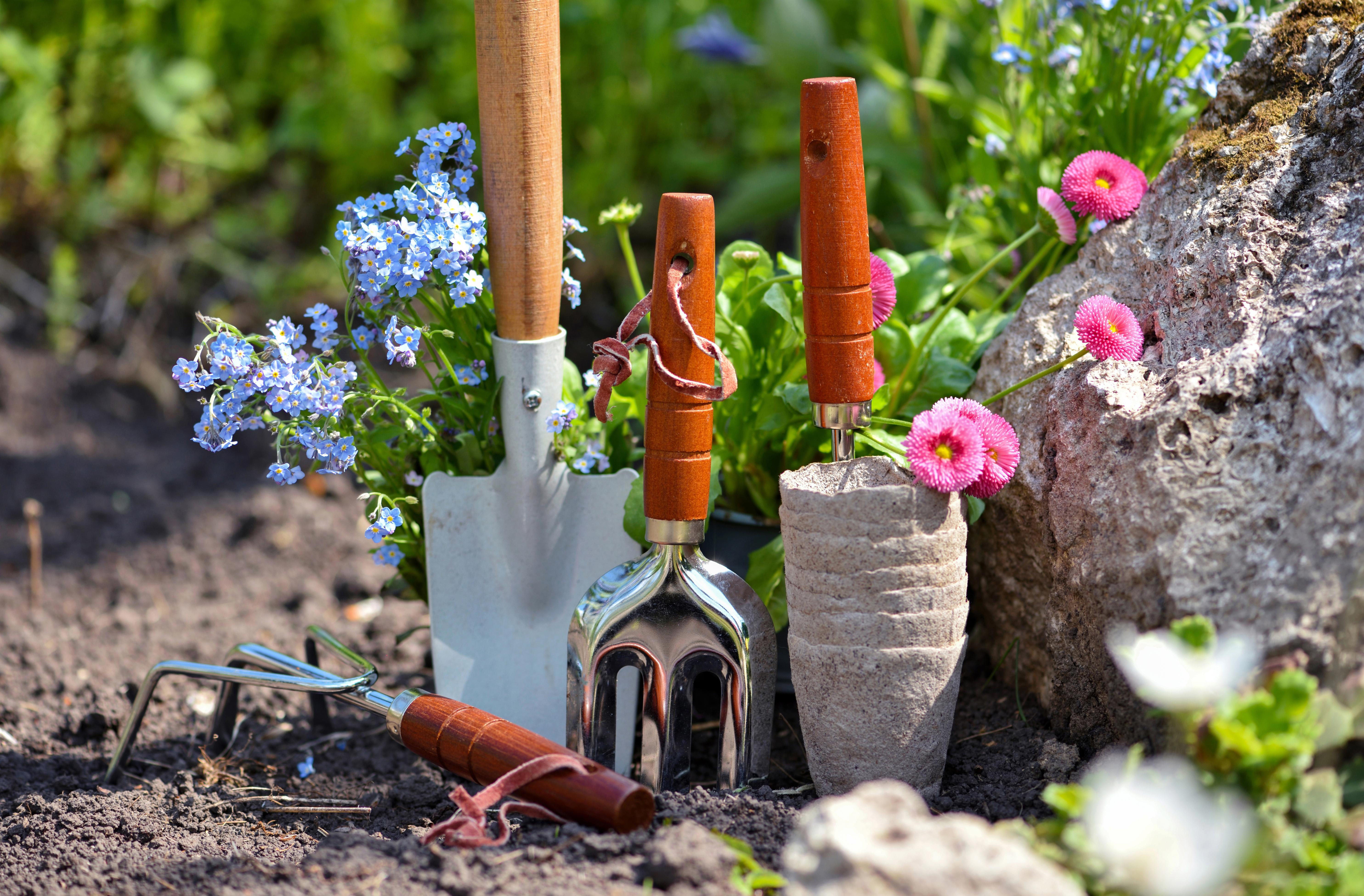
Don't underestimate the strength-building potential of gardening and yard work! Activities like digging, raking, and lifting pots engage various muscle groups, improving strength and flexibility. These tasks also offer a natural form of resistance training, as you work against the weight of the soil and tools. Beyond the physical benefits, gardening provides a sense of accomplishment and connection with nature, which can reduce stress and enhance mood. It's a practical and enjoyable way to stay active and maintain strength.
14. Home Repair and DIY Projects

Home repair and DIY projects can be surprisingly effective for maintaining strength and mobility. Tasks like painting, carpentry, and plumbing require lifting, bending, and reaching, which can strengthen muscles and improve flexibility. These activities also offer a sense of purpose and accomplishment, boosting self-esteem. By tackling home improvement projects, you not only enhance your living space but also contribute to your physical well-being.
15. Carrying Groceries and Everyday Items

Instead of relying solely on carts and bags with wheels, challenge yourself to carry groceries and other everyday items. This simple act engages your core, arms, and legs, providing a functional form of strength training. Distribute the weight evenly to avoid injury, and gradually increase the weight as you get stronger. This habit integrates strength training into your daily routine, making it more convenient and sustainable.
16. Active Stretching Throughout the Day

Prolonged sitting can lead to stiffness and reduced mobility. Incorporate active stretching breaks throughout the day to counteract these effects. Simple stretches like shoulder rolls, leg swings, and torso twists can improve flexibility, circulation, and energy levels. Active stretching promotes joint health and reduces muscle tension, making it easier to move freely and maintain an active lifestyle.
17. Using Stairs Instead of Elevators

Choosing the stairs over the elevator is a simple yet powerful way to build lower body strength and improve cardiovascular fitness. Climbing stairs engages your leg muscles, particularly your quads and calves, and provides a challenging workout for your heart and lungs. This habit can be easily integrated into your daily routine, whether at home, work, or while running errands.
18. Dancing to Your Favorite Music

Dancing is a fun and effective way to improve cardiovascular health, coordination, and strength. It engages various muscle groups, improves balance, and boosts mood. Put on your favorite music and let loose! Dancing is a low-impact activity that can be adapted to different fitness levels, making it accessible and enjoyable for everyone.
19. Playing with Grandchildren or Pets

Engaging in active play with grandchildren or pets is a joyful way to stay strong and maintain vitality. Activities like chasing, lifting, and playing fetch provide a fun and engaging workout. This habit not only strengthens your body but also strengthens bonds with loved ones, promoting emotional well-being and a sense of purpose.
20. Water Aerobics or Swimming
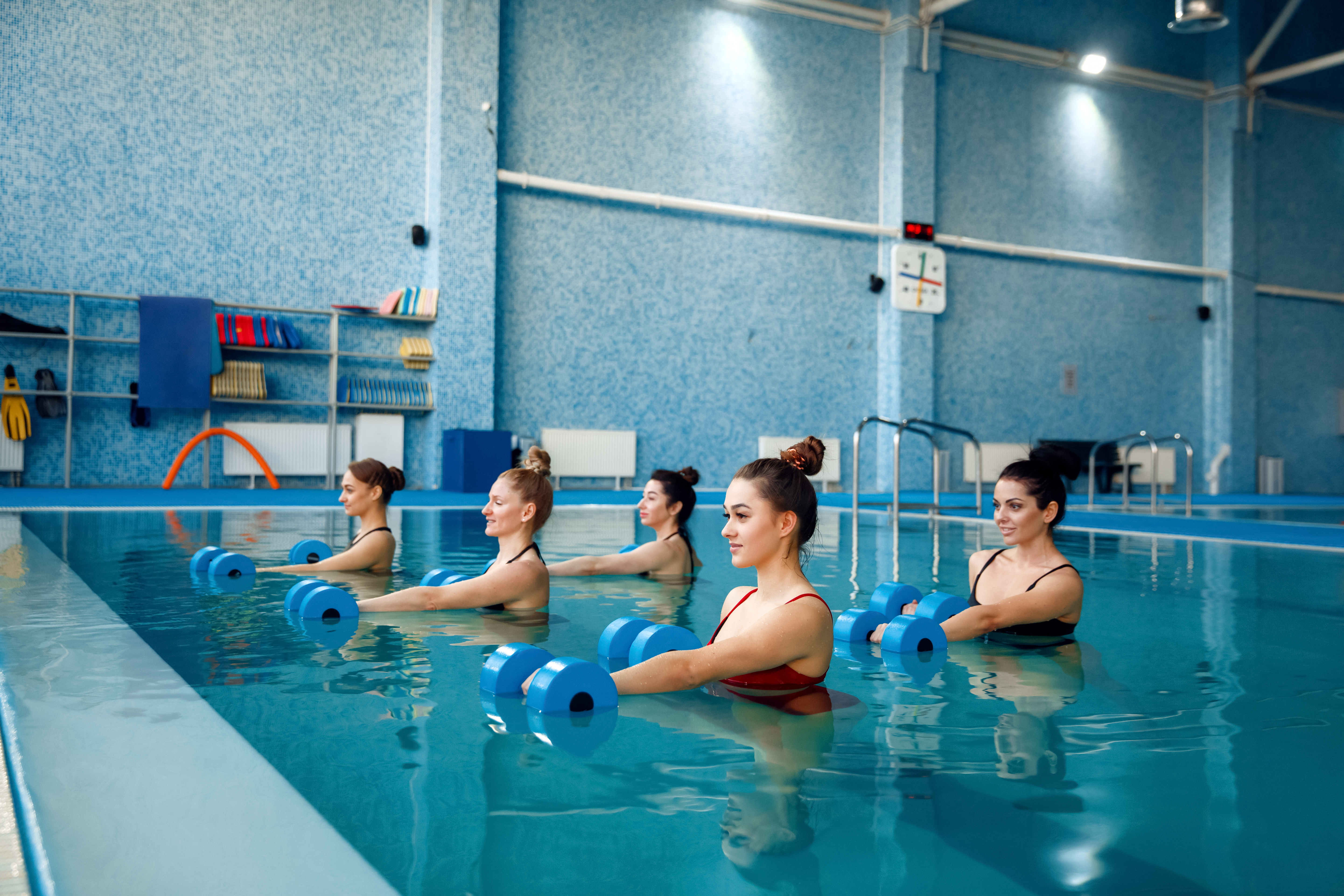
Water-based exercises like water aerobics and swimming are excellent for maintaining strength and flexibility while minimizing stress on joints. The buoyancy of water supports your body weight, making these activities ideal for individuals with arthritis or other joint conditions. Water exercises provide a full-body workout, improving cardiovascular health and muscle strength.
21. Strength Training for Posture
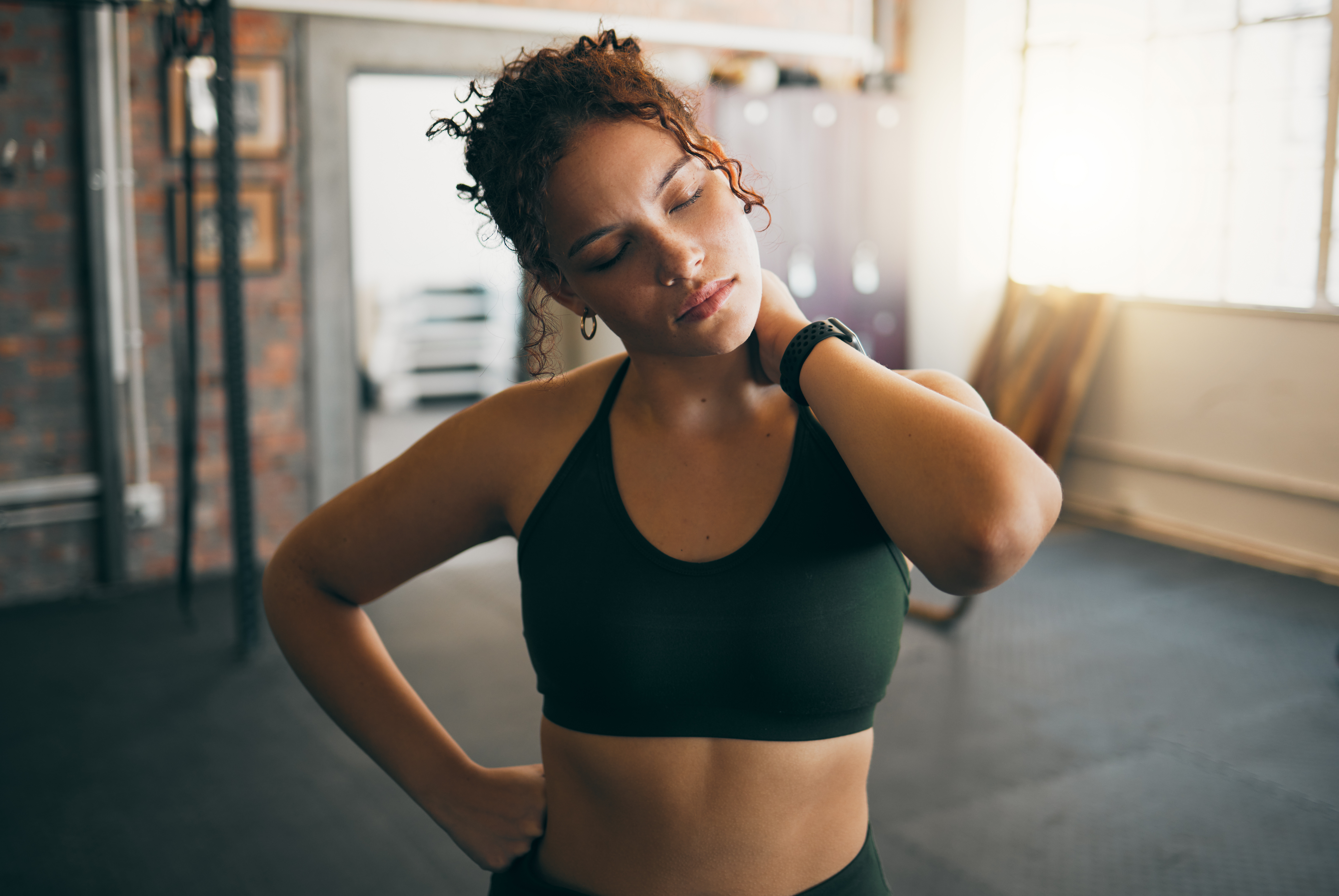
Maintaining good posture is crucial for preventing pain and maintaining mobility as you age. Incorporate strength training exercises that target the muscles responsible for posture, such as the back, shoulders, and core. Exercises like rows, planks, and shoulder presses can help improve posture, reduce the risk of back pain, and enhance overall appearance.
22. Isometric Holds: Small Moves, Big Strength
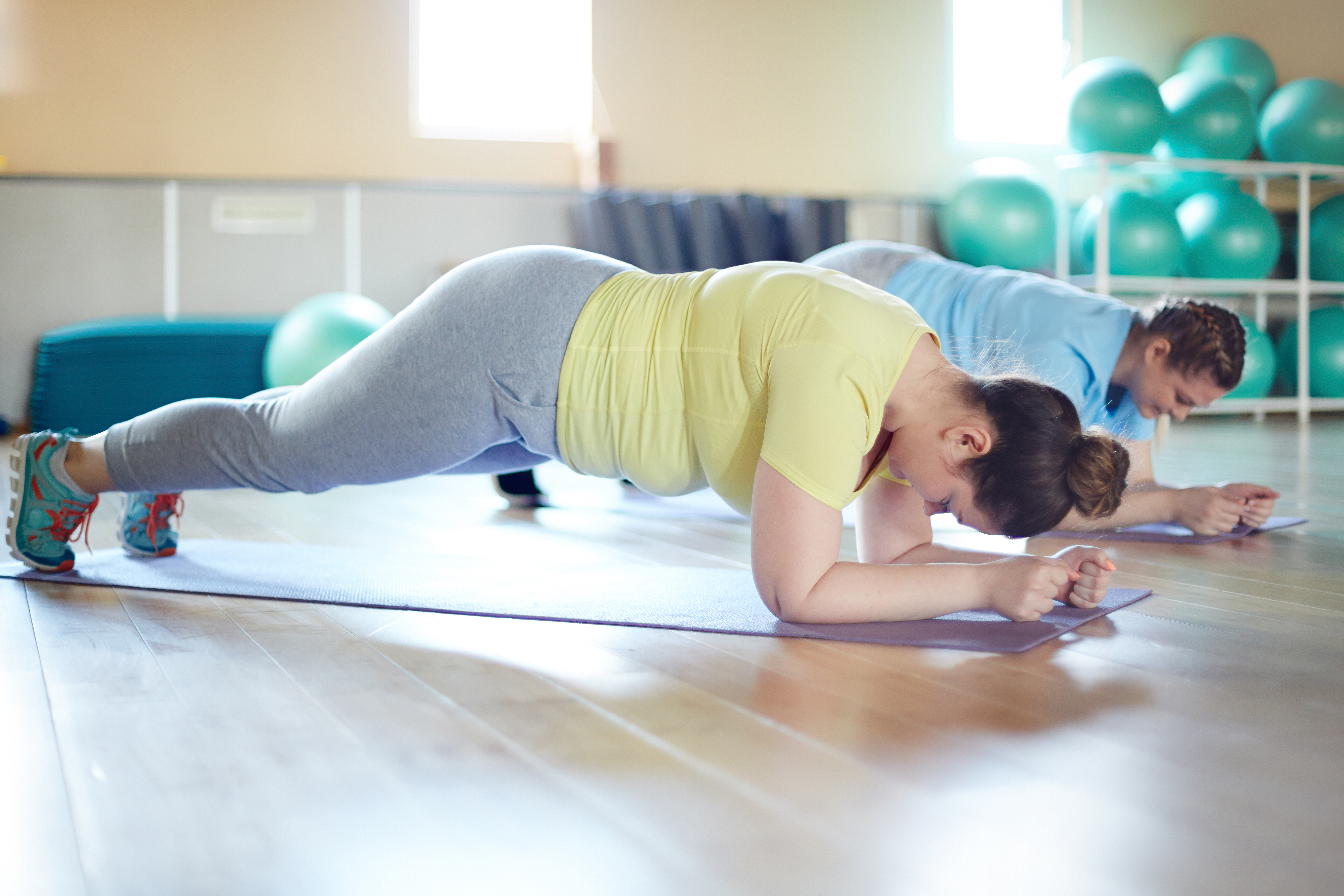
Isometric exercises involve holding a position under tension—like a wall sit or a plank—without moving. These static holds build strength, endurance, and stability by recruiting deep muscle fibers often overlooked in dynamic workouts. Isometrics are joint-friendly, require no equipment, and can be done almost anywhere. Hold each position for 20–60 seconds, focusing on core engagement and controlled breathing. It’s a quick, powerful way to maintain strength and support posture—perfect for busy days or when energy is low. Just a few minutes a day can make a visible difference in your muscle tone and control.
23. Grip Strength Matters More Than You Think
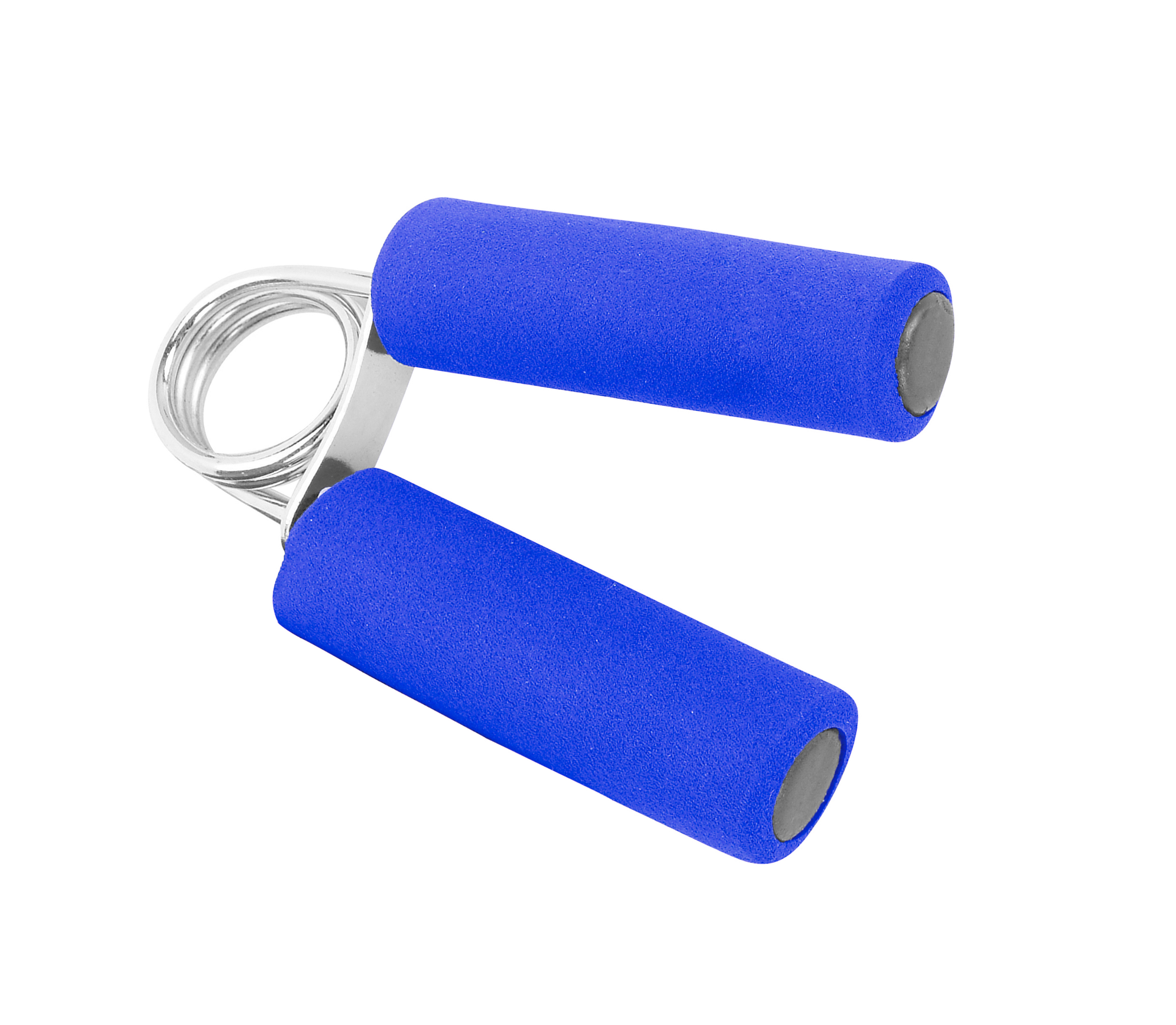
Grip strength isn’t just about handshakes—it’s a proven indicator of overall health and longevity. Strong hands support everything from opening jars to stabilizing yourself during a fall. Use stress balls, hand grippers, or even simple towel wringing to build strength in your hands and forearms. You can also carry heavy grocery bags or use free weights without straps to challenge your grip. The bonus? Improved grip enhances your performance in all other strength exercises. It’s a small habit with big returns—because strength starts in your hands and radiates through your life.
24. Eat Protein at Every Meal
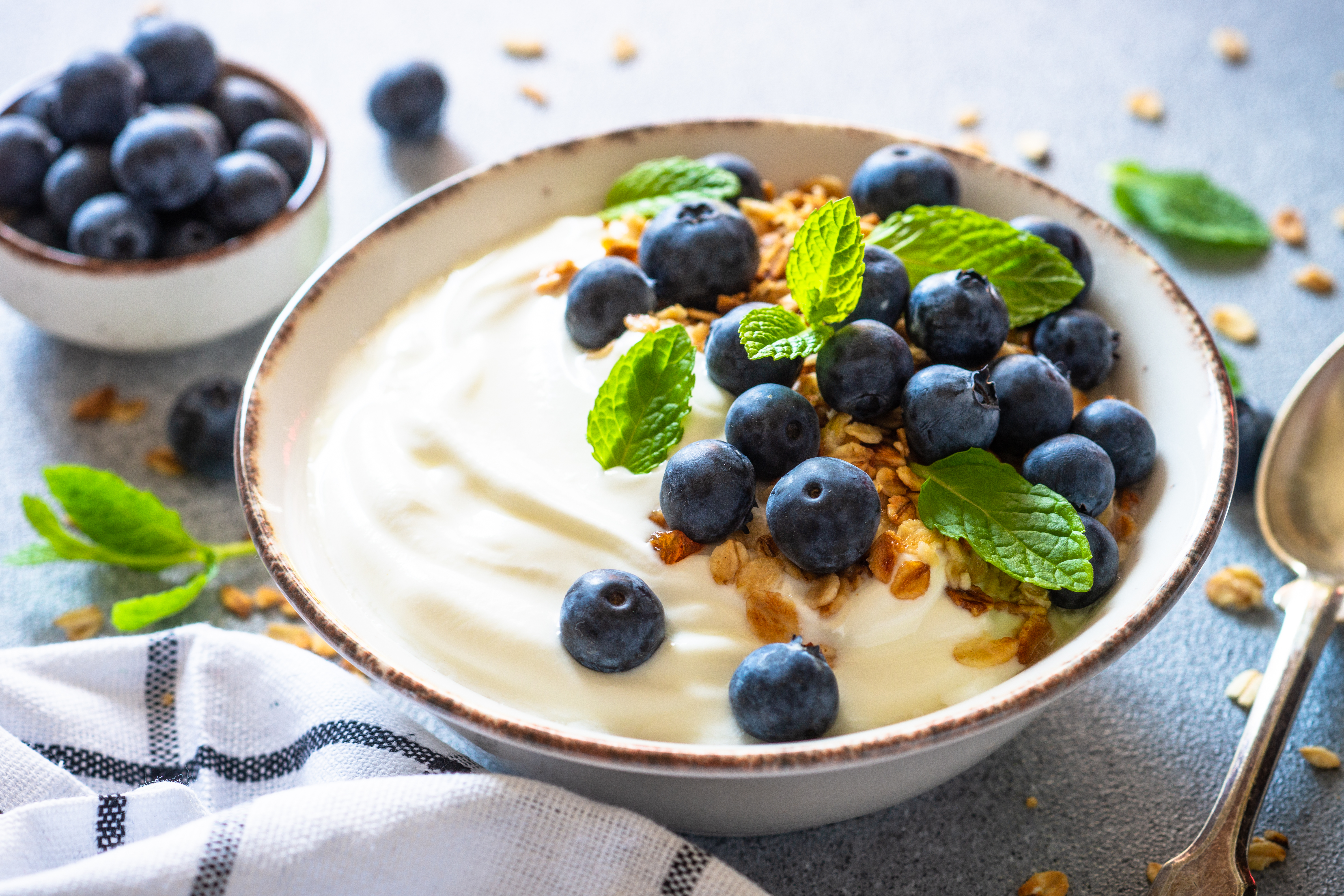
Timing matters as much as quantity when it comes to protein. Instead of loading up all at once, aim to include 20–30 grams of protein with every meal to maximize muscle protein synthesis. This steady stream supports muscle repair and maintenance throughout the day. Think Greek yogurt at breakfast, legumes or fish at lunch, and lean meats or tofu at dinner. Sprinkle in snacks like nuts, boiled eggs, or protein shakes if needed. This habit fuels your muscles consistently, making every bite count toward a stronger, more resilient you—even on rest days.
25. Practice Daily Sit-to-Stands

Sit-to-stands mimic one of the most fundamental movements for aging well: getting up from a chair. Practicing this move daily (without using your hands) strengthens your quads, glutes, and core while improving balance and functional mobility. Start with 10 reps a day and work your way up. It’s low-impact, equipment-free, and surprisingly revealing—if this becomes hard, it’s a sign your lower body needs attention. Over time, this tiny habit builds serious strength and independence. Think of it as training for real life—because rising with ease is the ultimate flex after 50.
26. Morning Mobility Routines
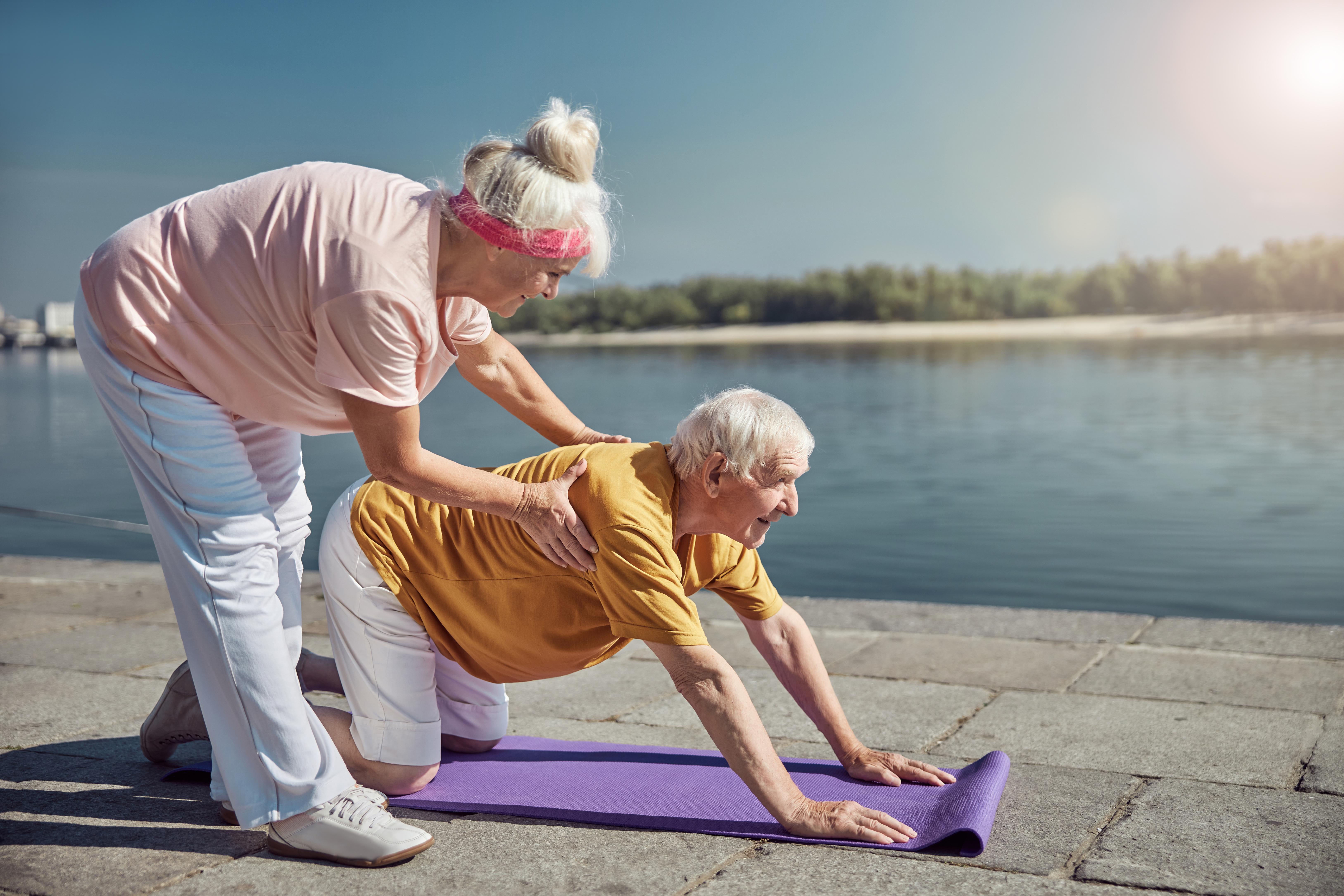
Stiff when you wake up? A 5–10-minute morning mobility routine can change everything. Gentle, full-body movements like cat-cow stretches, hip circles, and neck rolls help lubricate joints, activate muscles, and improve circulation before the day begins. This habit reduces injury risk, improves range of motion, and sets the tone for a stronger, more energetic day. No equipment needed—just a mat and a little intention. Morning mobility isn’t a workout—it’s a wake-up call for your body, helping you move better and feel better all day long.
Strong for Life: Aging Isn’t the End—It’s the Upgrade
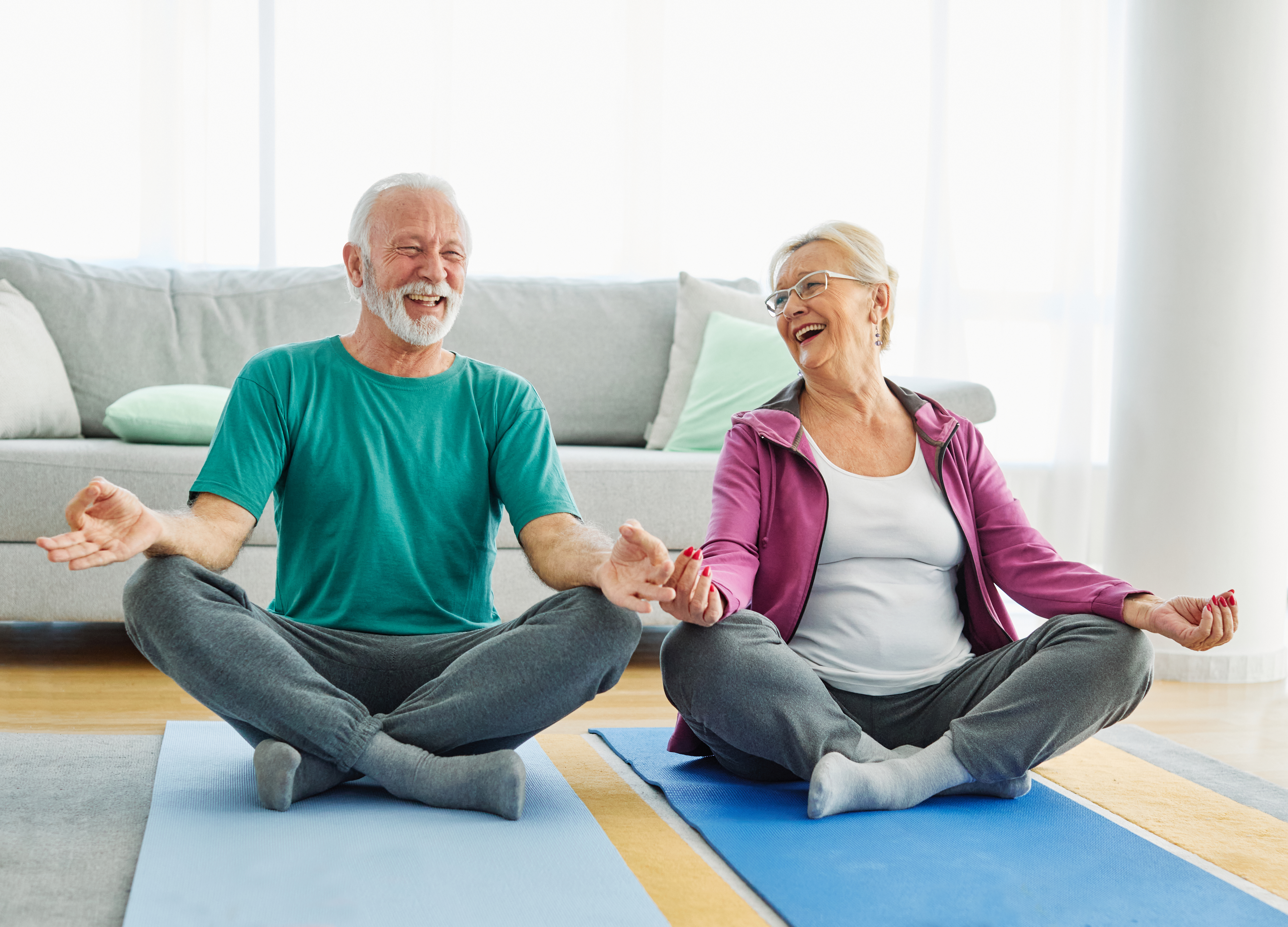
Getting older isn’t a decline—it’s a transition into your most capable, intentional self. These 26 simple strength habits aren’t about chasing youth; they’re about owning your power, preserving your independence, and showing up for the life you still get to live. Whether it’s gripping a suitcase, dancing in the kitchen, or getting up from the floor with ease—these moments are built on quiet, daily choices. You don’t need fancy equipment or hours at the gym. You just need consistency, curiosity, and a little self-respect. Start small. Stay steady. Your future strength is earned—not wished for. And every rep, every stretch, every sit-to-stand adds up. Because the goal isn’t just to live longer—it’s to live better. With energy. With grace. With power. So here’s your challenge: move like you mean it. Every day. At every age. You’ve still got plenty of strength left—and it starts with what you do next.